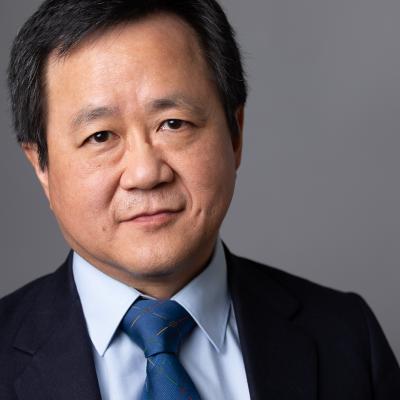The political thought of Xi Jinping


This project is about ascertaining what is becoming of China and where it is heading. It does so by examining the Political Thought of Xi Jinping (XJPT), which sets the direction of travel for China in the foreseeable future. It will systemically unpack what XJPT means, examine how it is put into practice, and evaluate the implementation outcomes. In the process, it will test if XJPT has sufficiently reshaped consultative Leninism, the post-Mao system of Chinese politics.
The key team members for this two-year project (2020-2022) are Professor Steve Tsang (principal investigator) and Dr Olivia Cheung (research fellow). We thank SOAS alumni and donors for their support which enables this project to be launched.
Overview
What is the Political Thought of Xi Jinping? According to the Chinese Communist Party, XJPT is its “action manual” for rejuvenating the Chinese nation. Learning it is compulsory not only for Party members but also for public employees all over China. It is by now a household name to which most Chinese would show respect in public. The putting of XJPT on a pedestal in China contrasts with the scant and generally negative publicity it has attracted in the West, where it is seen as Xi’s shameless self-promotion, if not compared with Mao Zedong’s attempt to build a personality cult.
Whatever we may think of XJPT, we ignore it at our own peril. With Xi likely to stay as leader of China for another two decades or longer, we need to understand XJPT for what it is. Robust scrutiny of XJPT should enable us to see the trajectory of China’s domestic politics and foreign policy with the goal of achieving national rejuvenation by 2049, the centenary of the establishment of the PRC. China may or may not develop as Xi would like it to but he is putting forth his ideas and ambitions for China, which can be organized in a structured way. If China develops a grand strategy its main thrust will be outlined in XJPT. In short, if we wish to understand how China is moving forward, we must know what XJPT says.
This is one of the first major English language research projects that takes XJPT as the subject of analysis in its own right. Our starting point is that XJPT should not be seen as an ideology, but as a strategic thought that guides the Communist Party and China. This definition benefits the project with far greater analytical leverage than studies that ascertain the ideological purchase of XJPT, take XJPT as a prism of Xi’s personality and preferences, or dismiss XJPT as mere propaganda.
Our analysis of XJPT is threefold. First, we unpack, explain and contextualize the key tenets of XJPT, in order to organize its scattered and seemingly all-encompassing content into a clear structure. Second, we examine how XJPT is put into practice. Third, we evaluate the implementation outcomes of XJPT. We cover XJPT on the themes of the Party, ideology, governance, economy, rural development, urbanization, regional development, social management and control, foreign policy, China’s place in the world, and national security.
In the process of scrutinizing XJPT, this project will test if XJPT has sufficiently reshaped consultative Leninism to require a new analytical framework. “Consultative Leninism” is a framework developed by Steve Tsang to describe the post-Mao system of Chinese politics that has allowed the Chinese Communist Party to retain its Leninist structure and ethos, while incorporating elements of consultation characteristic of modern government to satisfy the power-sharing demands from within the regime and society (See Tsang, 2009, “Consultative Leninism: China’s new political framework”, Journal of Contemporary China, 18:62, 865-880; Tsang, 2020, “Party-state realism: A framework for understanding China’s approach to foreign policy”, Journal of Contemporary China, 29:122, 304-318).
If the research suggests that the Chinese political system under XJPT remains essentially consultative Leninist, it raises interesting and important questions about authoritarian institutional design and legitimacy, given the apparent contradiction between Xi’s emergence as a strongman against the norm of collective leadership inherent in consultative Leninism. If the research indicates that a new analytical framework is called for, we will explore what that may be and their implications for domestic Chinese politics and foreign policy. Either way, the findings of this project, which will appear in the form of a book and journal articles, will provide academics, policy makers, the media and the general public interested in China valuable insights of what is becoming of China and where it is heading.
